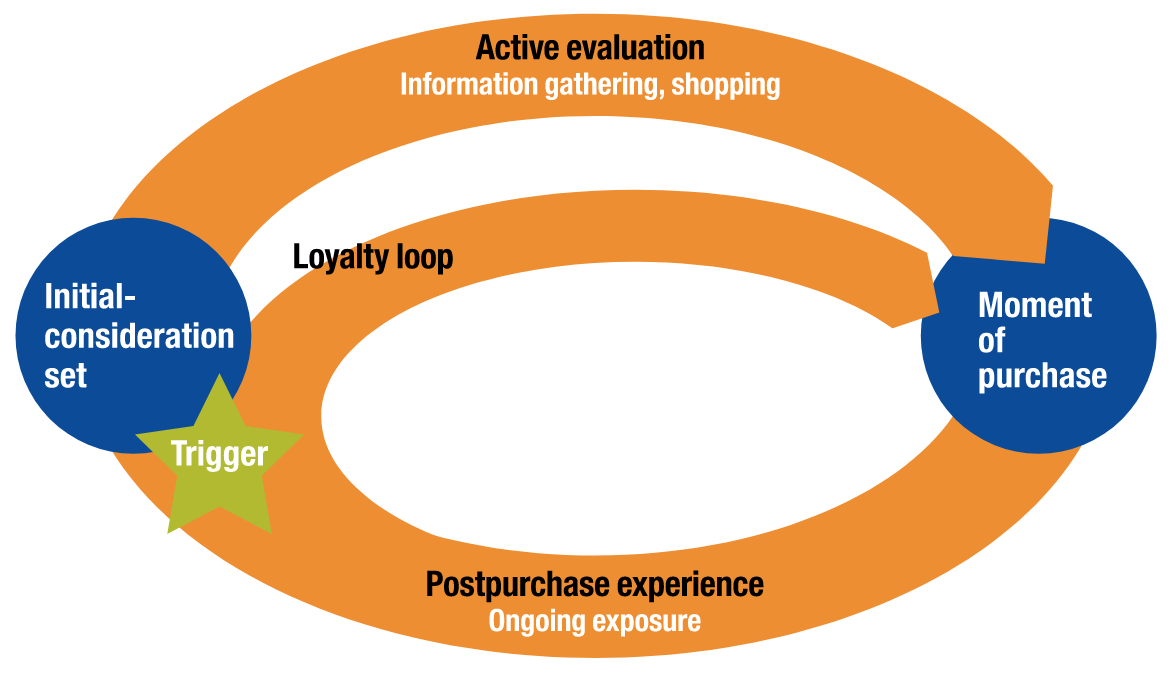In 1992, despite unprecedented approval ratings for George H.W. Bush, Bill Clinton won the election. He did so by strategically betting that voters would care more about the sluggish recovery from the recession than about Bush’s success in Desert Storm. Political strategist James Carville coined the phrase “the economy, stupid”. That strategy won the White House for Clinton, and the President never forgot it, sometimes taking credit for an economy that was jump-started by the Bush Administration. The Clinton team knew what moved the American public.
Jeff Bezos is also well aware of a critical touch point that moves people. He recently wrote in Forbes:
“We’re in the midst of a gigantic transition, where customers have incredible power as a result of transparency and word of mouth. It used to be that if you made a customer happy, they would tell five friends. Now with the megaphone of the internet, whether online customer reviews or social media, they can tell 5,000 friends.”
This is why Amazon pays so much attention to soliciting product reviews from its customers. It drives business.
What Moves People in Today’s Marketplace
It’s not breaking news that we’re in a consumer-driven economy. Consumers engage with brands on their own terms throughout their path to purchase, and particularly listen to the advice of buyers. Below is a Consumer Decision Graph designed by McKinsey after surveying 20,000 consumers.

Once a consumer is triggered to make a purchase (their shoes are giving them blisters or they’re sick of snow in their boots), there is an initial consideration set of 2-3 brands familiar to the consumer.
Moving ahead, they perform an active evaluation wherein they seek advice. This may come from traditional top-down sources, but increasingly from consumer-driven sources: friends, family and product reviews. Additional brands may be added to the consideration set during this phase, ultimately leading to the moment of purchase.
Benchmarking the Post-Purchase Experience to Affect Future Consideration
Here’s where it gets very interesting and what Bezo understood early on. Once a consumer becomes a buyer, there is a major power shift. The buyer is empowered to share their experience via:
- Word-of-mouth (not structured and immeasurable)
- Websites that collect product reviews, such as Amazon and hundreds of others (structured and measurable)
It’s unlikely that you’ll be able to survey your competitors’ buyers anytime soon. Therefore, product reviews are the only way brands can accurately benchmark their post-purchase experience against their competitors. This is critical because its how consumers now shop.
Brands can also use this data to uncover market opportunities, fix product problems, and make better business decisions.
If brands don’t take measured action based on the Post-Purchase Experience of their buyers, they will fail somewhere down the loop, probably in the Evaluation Stage.
We believe benchmarking the post-purchase experience is as powerful as Clinton’s “economy” strategy, and is the only actionable way to measure and gain leverage with the consumer, as Bezos well knows.

